HI6007: Statistics for Business Decisions - Tutorial Questions
VerifiedAdded on 2023/01/11
|7
|901
|63
Homework Assignment
AI Summary
This document presents the solutions to tutorial questions from the HI6007 Statistics for Business Decisions unit. The solutions cover a range of statistical concepts, including population parameters versus sample statistics, descriptive and inferential statistics, measurement scales (nominal and ordinal), primary and secondary data sources, and joint and conditional probability. The document also addresses questions involving the normal distribution, z-scores, and hypothesis testing, providing detailed calculations and interpretations. Furthermore, the assignment explores the application of statistical methods to real-world business scenarios, such as analyzing survey data and interpreting salary distributions. The solutions are presented with clear explanations and formulas, making it a valuable resource for students studying statistics.
1 out of 7


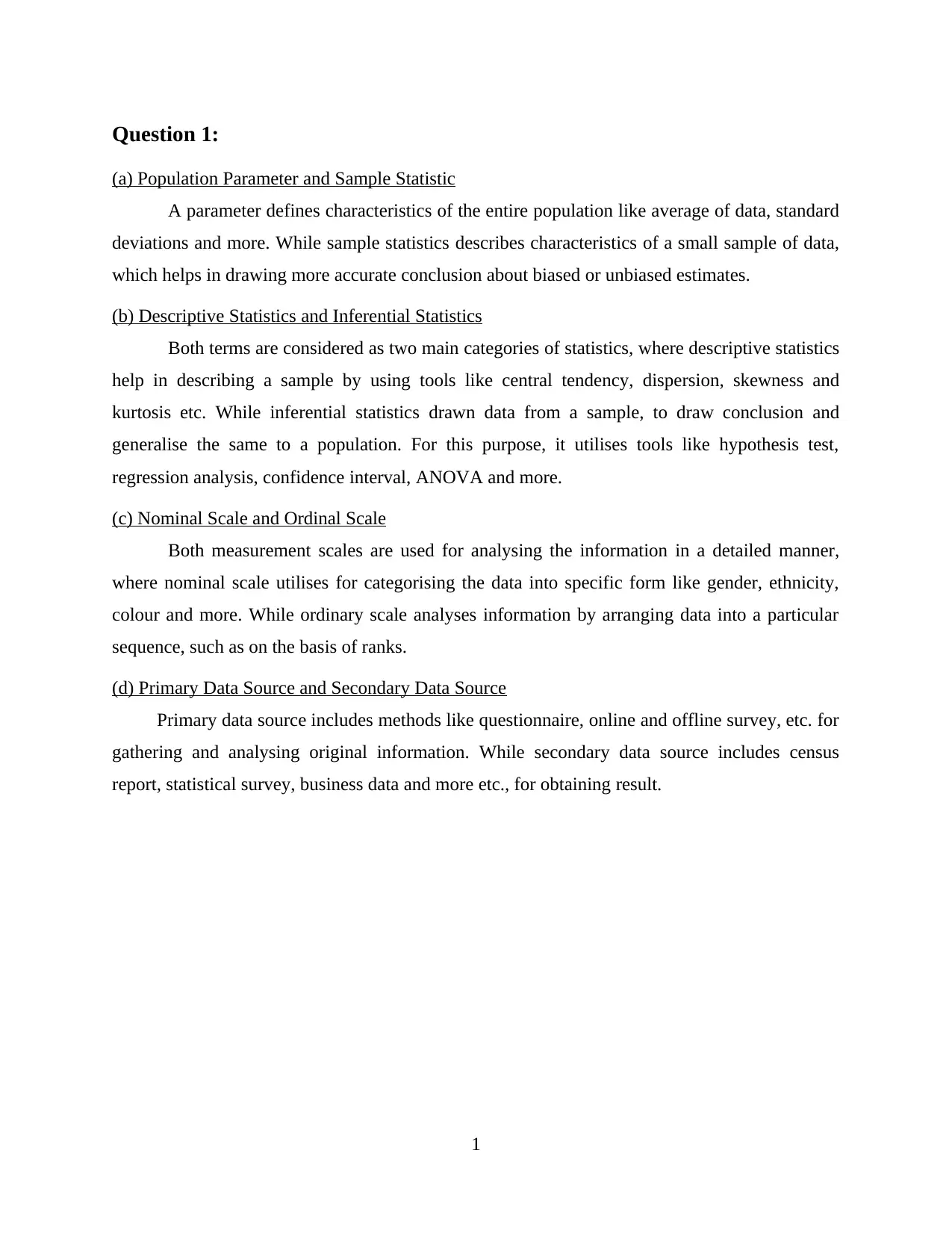

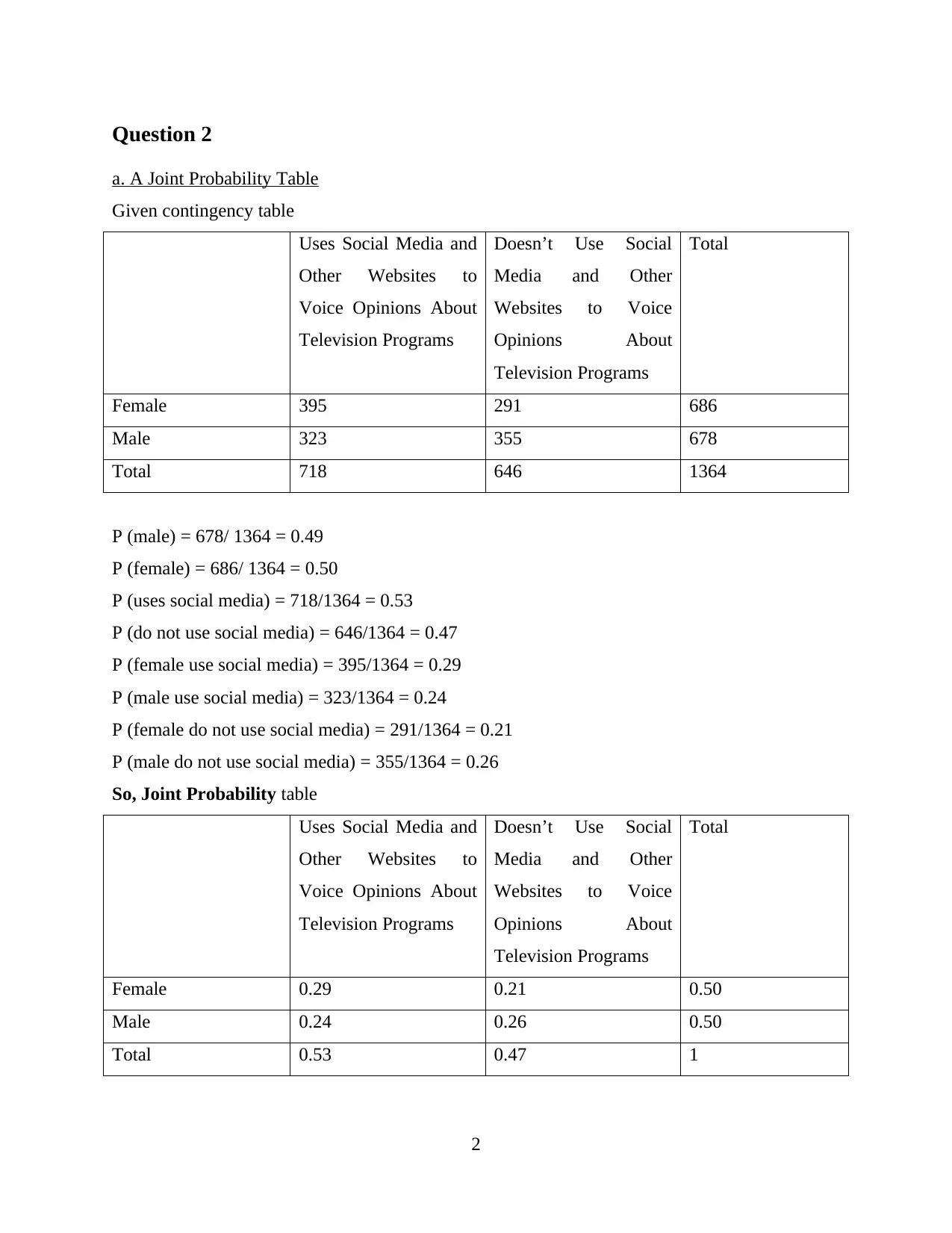
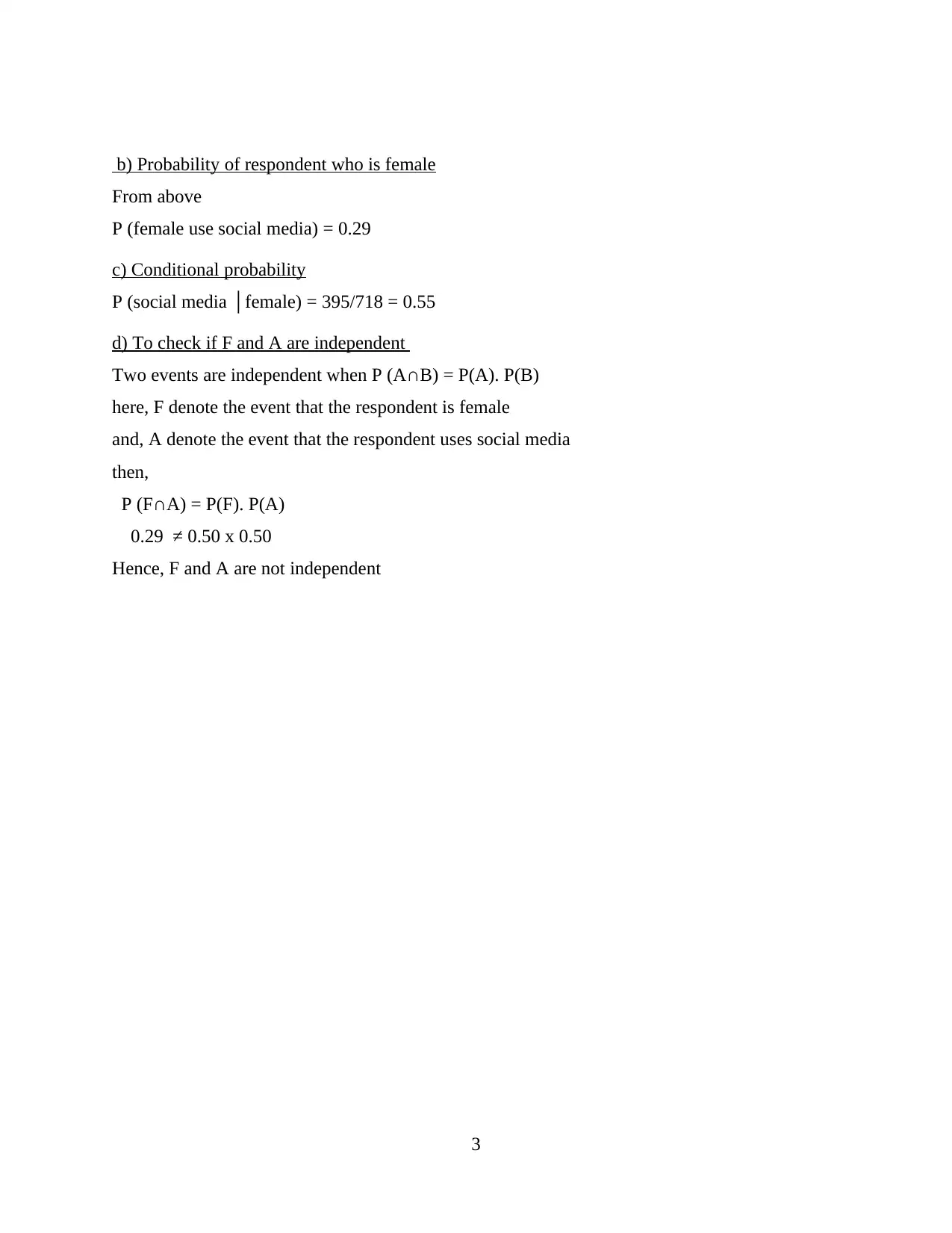
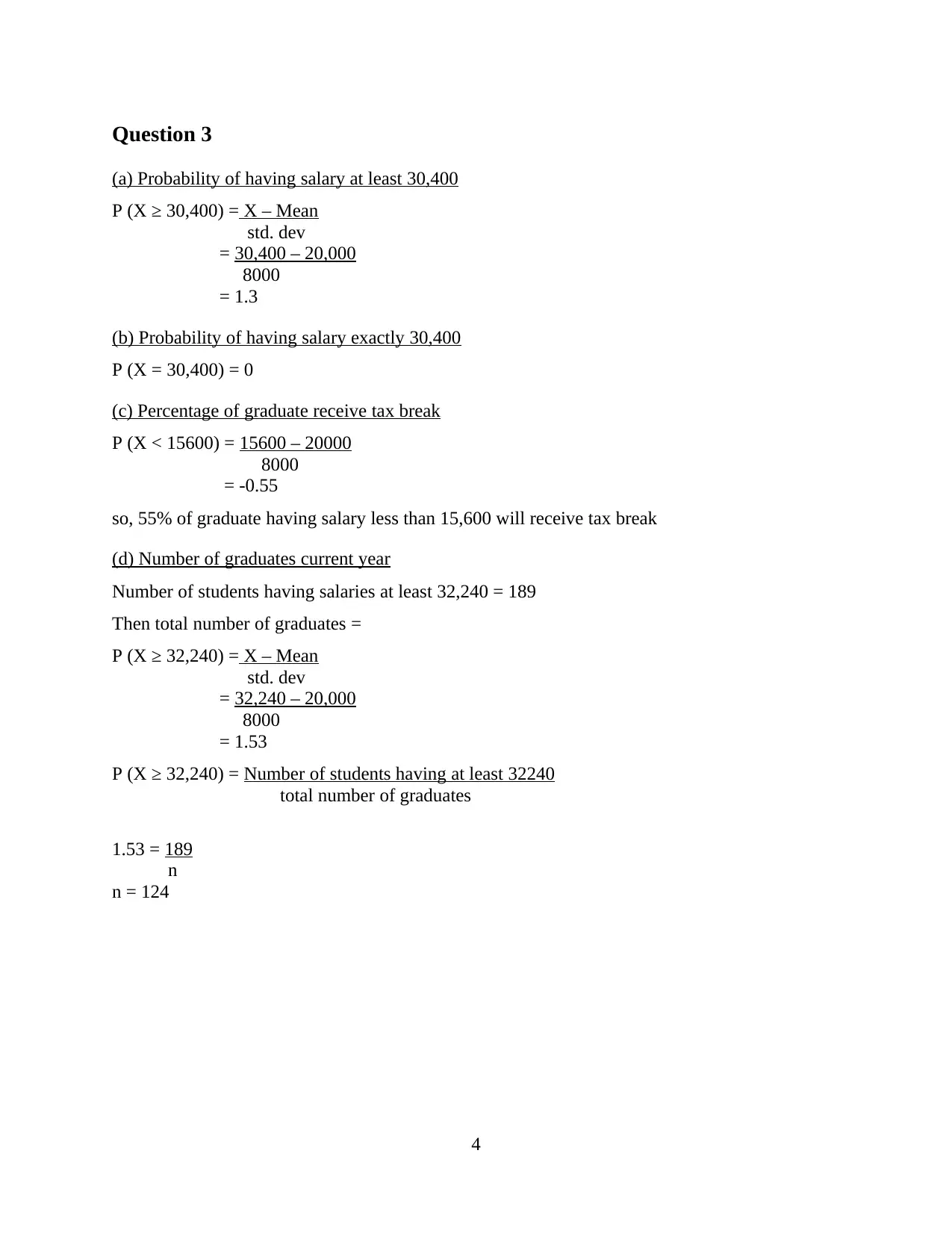
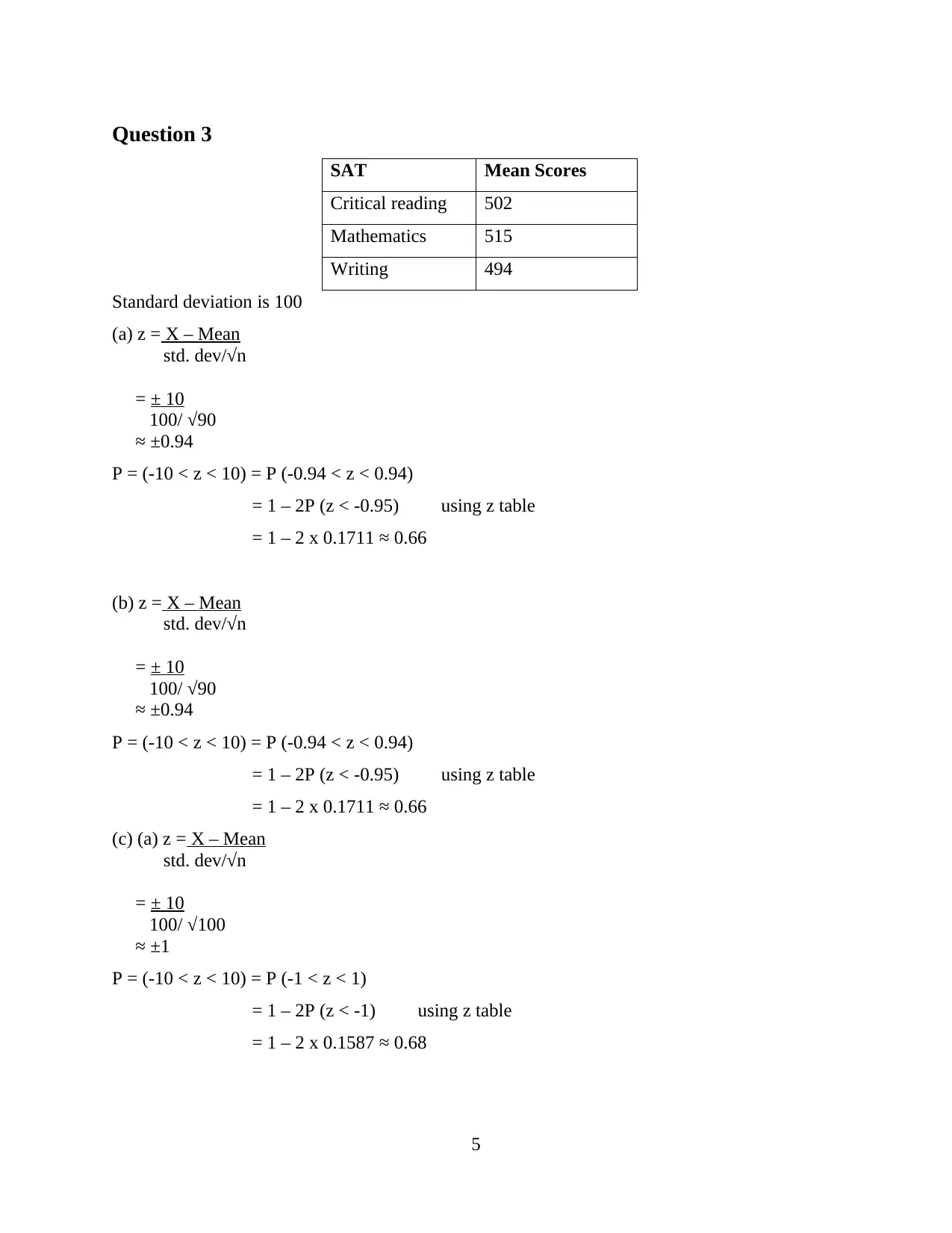
![[object Object]](/_next/static/media/star-bottom.7253800d.svg)